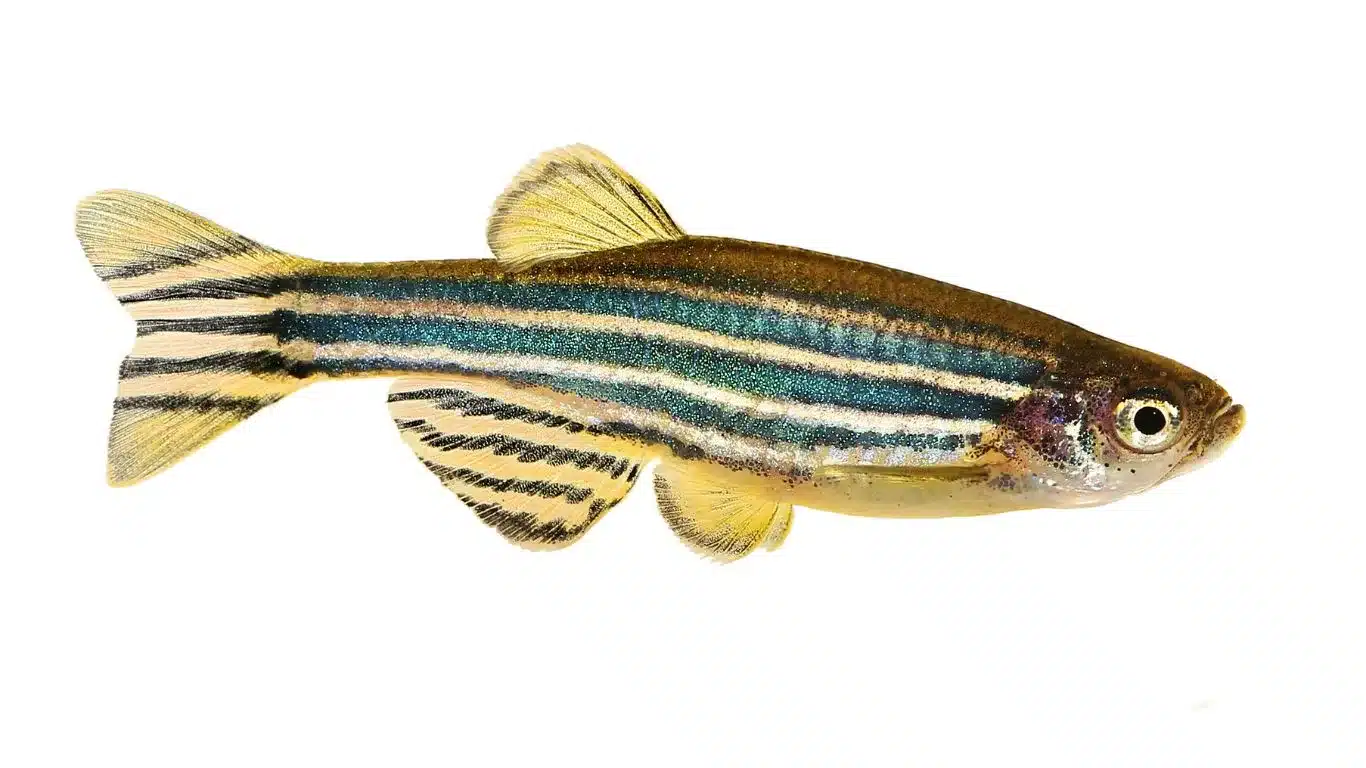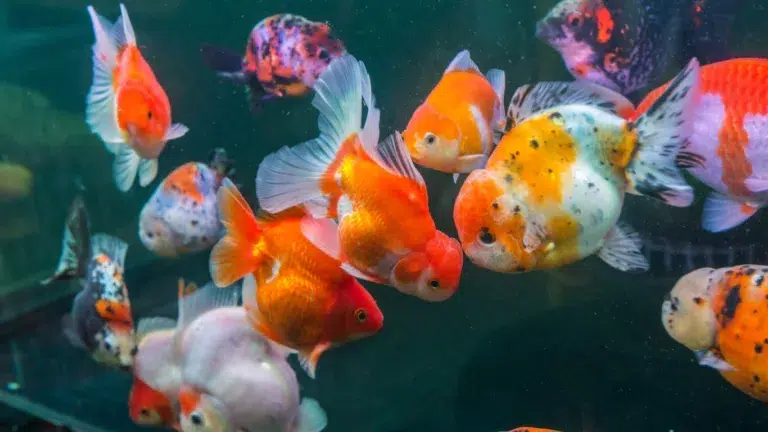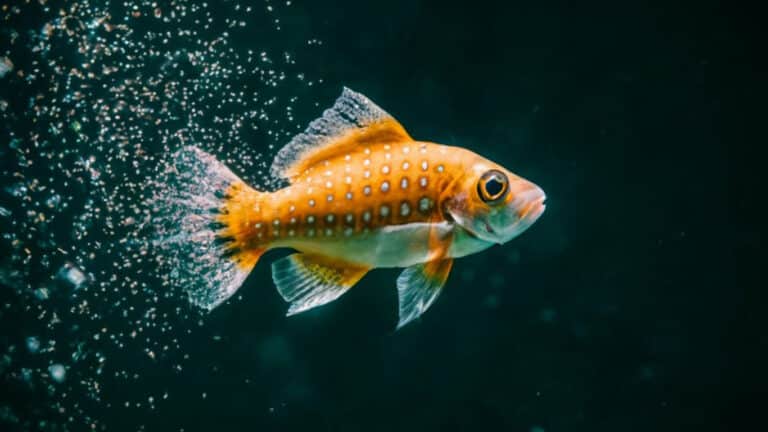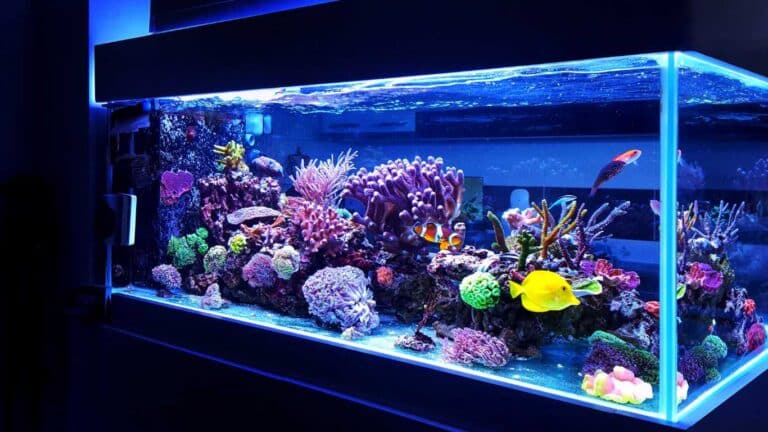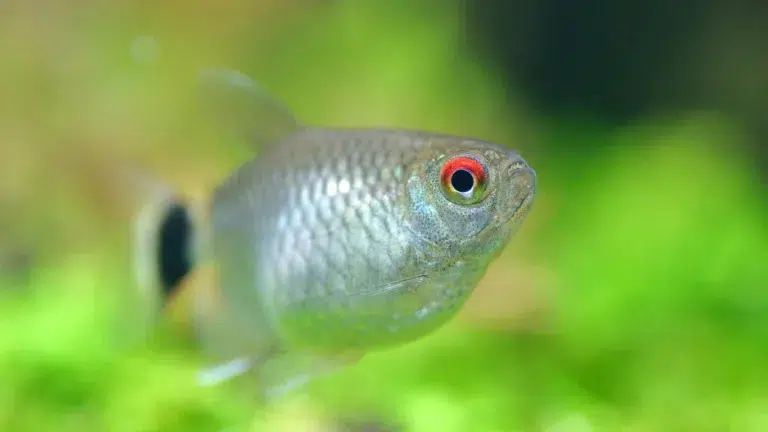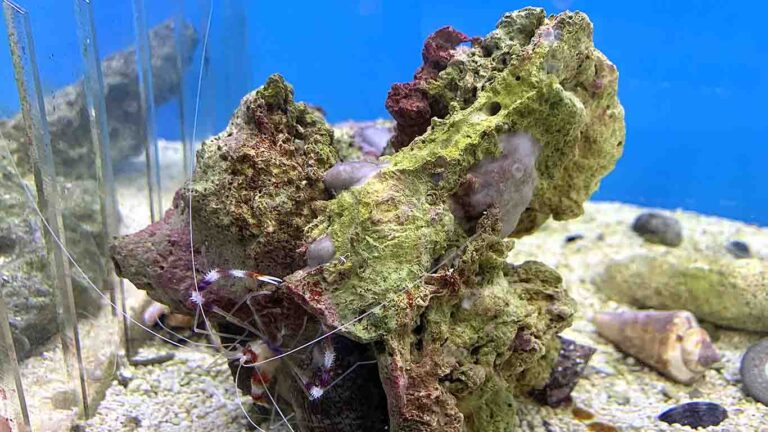Welcome to our comprehensive guide on caring for Giant Danios – vibrant and energetic freshwater fish that can bring life and color to your aquarium. Whether you’re a beginner or an experienced aquarist, this guide will provide you with all the information you need to create a thriving habitat for these fascinating fish.
Giant Danios, scientifically known as Devario aequipinnatus, are native to India, Nepal, Bangladesh, Myanmar, and Thailand. In their natural habitat, they can be found in fast-running hill streams and clear water environments. These remarkable fish stand out with their iridescent gold bodies, steel-blue spots, and stripes, along with their graceful rounded fins.
As an aquarist, it’s essential to provide optimal care for your Giant Danios. This includes creating a suitable habitat, choosing compatible tank mates, and offering a balanced diet. Let’s explore each aspect in detail to ensure the health and happiness of your Giant Danios.
Core Insights To Giant Danio Care Guide:
Giant Danio Size and Lifespan
When it comes to giant danios, their size and lifespan are two fascinating aspects to consider. These energetic freshwater fish can grow up to 4 inches, making them relatively larger compared to other species in the danio family. However, it’s important to note that in their natural habitat, giant danios can reach even larger sizes.
What’s equally impressive is their lifespan. With proper care and a suitable tank environment, giant danios can live for 5 years or more. This means that when you bring these vibrant fish into your aquarium, you have the opportunity to enjoy their beauty and companionship for a significant period of time.
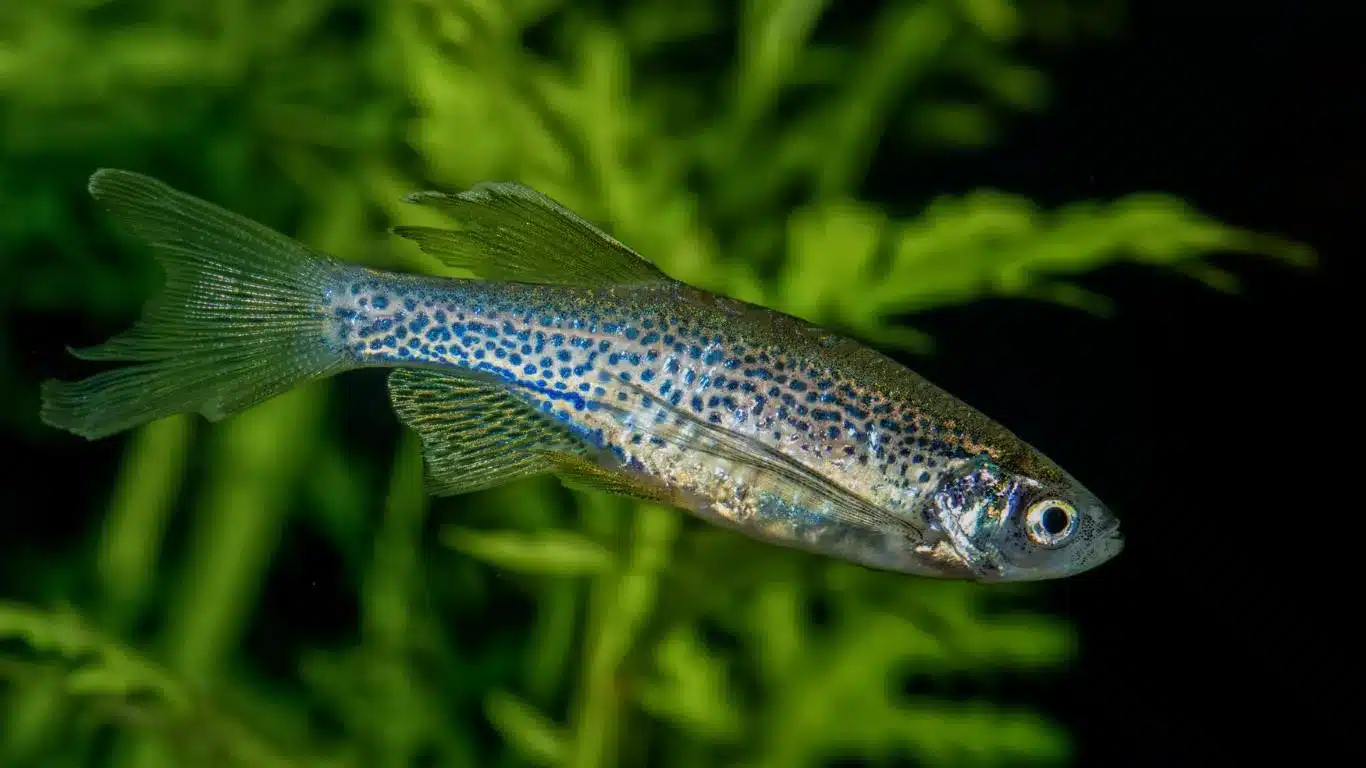
Their relatively long lifespan provides enough time to develop a bond and observe their behaviors in a thriving aquatic environment. Whether you’re a beginner or an experienced aquarist, giant danios can be a rewarding addition to your aquarium due to their size and lifespan.
Giant Danio Habitat and Tank Requirements
Giant danios are native to the fast-flowing hill streams and clear water environments of India, Nepal, Bangladesh, Myanmar, and Thailand. To ensure their well-being in an aquarium, it is essential to recreate their natural habitat. Here are the key considerations for setting up the perfect tank for your giant danios:
- Tank Size and Space: Giant danios are active swimmers and require ample space to thrive. A minimum tank capacity of 30 gallons is recommended, with a length of at least 36 inches to provide sufficient swimming area.
- Secure Lid: These energetic fish are known to jump, so a tight-fitting lid is crucial to prevent accidental escapes.
- Water Parameters: Maintain water conditions within the ideal range for giant danios: a pH of 6.8 to 7.5, hardness up to 20 dGH, and a temperature range of 72 to 75 degrees Fahrenheit.
By replicating the fast-flowing streams and clear water environments they originate from, you can ensure that your giant danios feel at home in their tank.
Tank Requirements Overview:
| Tank Size | 30 gallons or more |
|---|---|
| Tank Length | Minimum 36 inches |
| Lid | Tight-fitting to prevent jumping |
| Water Parameters | pH: 6.8 – 7.5 Hardness: Up to 20 dGH Temperature: 72 – 75°F |
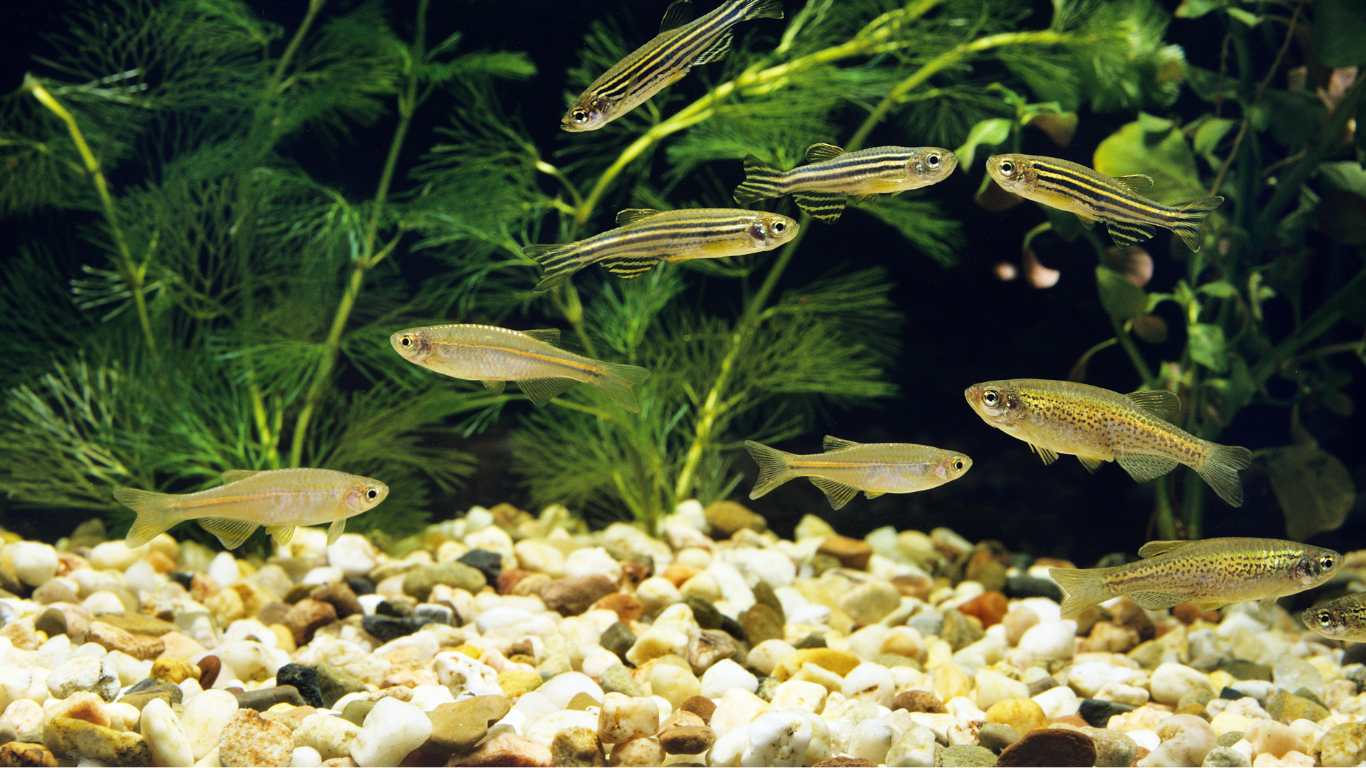
Giant Danio Tank Mates
When it comes to choosing tank mates for your giant danios, you need to consider their size and activity level. Giant danios are active swimmers and may not be suitable for smaller fish that they can potentially swallow. To ensure a harmonious and stress-free environment, it is recommended to select medium to large-sized species that can keep up with the energetic nature of giant danios.
Here are some ideal tank mates for giant danios:
- Other danios: Giant danios can be kept together with other species of danios, such as Zebra danios or Pearl danios, as they share similar care requirements and activity levels.
- Cichlids: Certain cichlids, like the Jewel cichlid or the Convict cichlid, can coexist with giant danios as long as they are of similar size and temperament.
- Barbs: Active and fast-swimming fish like Tiger barbs or Rosy barbs can make great companions for giant danios.
- Larger bottom-dwelling fish: Species like Corydoras catfish or Bristlenose plecos can peacefully cohabitate with giant danios, as they occupy different levels of the aquarium.
However, it is important to avoid slow-moving fish, such as angelfish or bettas, as they may not be able to keep up with the active pace of giant danios and might become stressed or injured.
It is also recommended to keep giant danios in schools of at least six fish. By keeping them in larger groups, you can help minimize aggressive behavior among the fish and prevent them from targeting other tank mates.
Creating a balanced and compatible community tank will ensure the well-being of your giant danios and create a visually stunning and dynamic aquarium environment.
Giant Danio Diet and Feeding
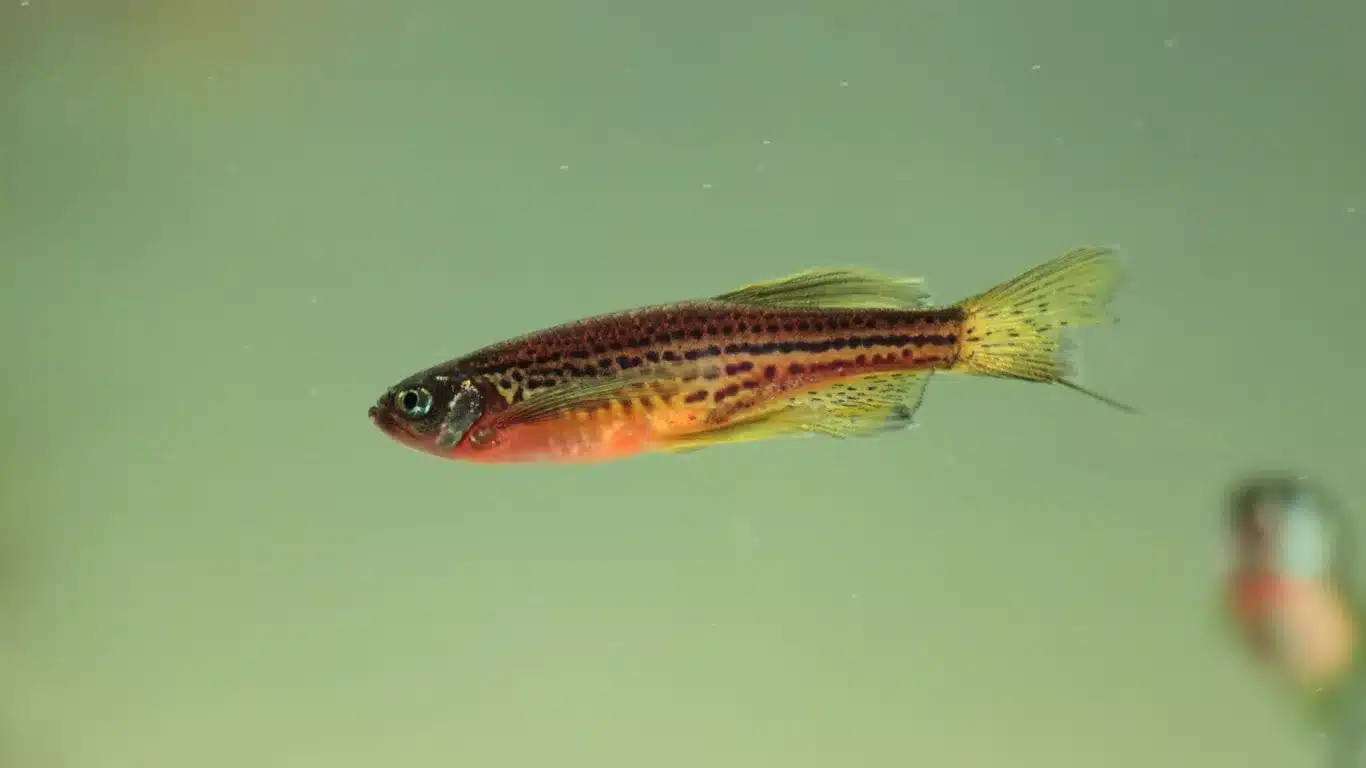
Giant danios are omnivorous and have a diverse appetite. They readily accept a variety of foods, making it easier to provide them with a balanced diet. Offering a combination of high-quality dried foods, live or frozen foods, and occasional vegetable flakes will ensure that your giant danios receive the nutrition they need.
Some examples of suitable foods for giant danios include:
- Dried foods: Flakes, granules
- Live and frozen foods: Brine shrimp, bloodworms, daphnia, mosquito larvae
- Vegetable flakes
Feeding your giant danios up to three times a day is recommended to ensure they receive adequate nutrition. However, it’s important to monitor their eating habits and adjust the feeding frequency accordingly. Overfeeding can lead to obesity and water quality issues. Remember to remove any uneaten food from the tank to maintain proper cleanliness.
By offering a varied diet, you can replicate the diverse food sources that giant danios would encounter in their natural habitat. This not only promotes their overall health but also enhances their vibrant colors and energy levels.
Giant Danio Breeding
Breeding giant danios is a fascinating process that can be easily achieved in a spacious tank with the right conditions. To successfully induce spawning and encourage breeding behavior, it is important to create an environment that mimics their natural habitat as closely as possible.
When breeding giant danios, follow these steps:
- Provide a roomy tank with ample swimming space for the fish.
- Expose the tank to natural daylight to simulate their natural breeding season.
- Maintain warm water temperatures between 77 to 82 degrees Fahrenheit, as this helps trigger spawning.
- Keep the pH of the water at 7.0 or below, as slightly acidic conditions are preferred by the fish during breeding.
- Introduce fine-leafed plants or a spawning mop into the tank as the preferred surface for the fish to deposit their eggs.
After the fish have successfully spawned, it is crucial to separate the breeding pair from the eggs to prevent them from consuming their own eggs. This can be done by transferring the breeding pair to a separate tank or by using a spawning mop to collect the eggs and place them in a different container.
The eggs will typically hatch within 24 to 36 hours, and the fry will become free-swimming approximately 48 hours later. It is essential to provide suitable food for the fry during this stage of development. Commercially prepared fine fry foods or freshly hatched brine shrimp are ideal options to ensure the proper nutrition of the growing fry.
“Breeding giant danios can be a rewarding experience for aquarists, as it allows them to witness the fascinating reproductive behavior of these beautiful fish.”
If you’re interested in observing the intricate process of breeding fish and expanding your aquatic community, breeding giant danios is an exciting endeavor. With the right conditions and proper care, you can successfully breed and raise healthy giant danio fry in your home aquarium.
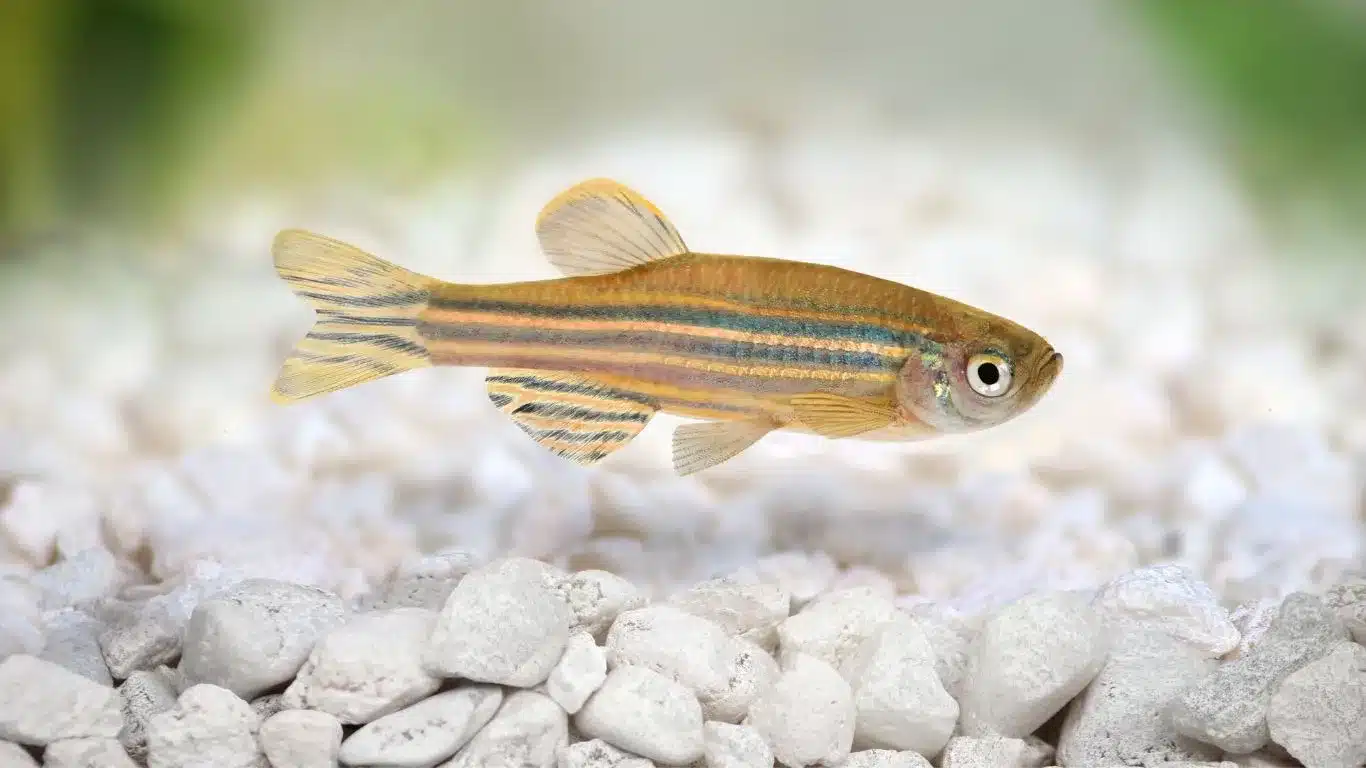
Giant Danio Appearance and Behavior
Giant danios are known for their striking appearance and active behavior. They have deep-blue bodies with iridescent gold spots and stripes, creating a dazzling display as they gracefully swim through the water. The males are typically more vivid in color than females, adding a vibrant contrast to their appearance.
These fish are diurnal, which means they are most active during the day. They prefer swimming in the middle section of the tank, often surfacing to breathe. Giant danios are naturally social and thrive when kept in groups of at least three. By maintaining a school, they minimize stress and exhibit their natural behavior.
| Characteristics | Description |
|---|---|
| Color | Deep-blue body with iridescent gold spots and stripes |
| Genders | Males are more vivid in color than females |
| Activity Level | Active during the day, swimming in the middle section of the tank |
| Social Behavior | Prefer to be kept in groups of at least three |
Giant Danio Care Recommendations
To provide optimal care for giant danios, there are several important factors to consider. By following these care recommendations, you can ensure the health and well-being of your vibrant aquarium fish.
- Maintain a clean and properly filtered tank: Regular water changes and proper filtration are crucial for ensuring clean and healthy water conditions for your giant danios.
- Offer a varied diet: To meet the nutritional needs of your giant danios, provide a balanced diet that includes high-quality dried foods, live/frozen foods, and occasional vegetable flakes.
- Monitor water parameters: Regularly test and maintain appropriate water conditions, including temperature, pH, and water hardness, to create a suitable environment for your giant danios.
- Provide adequate tank size: Giant danios require spacious tanks with a capacity of at least 30 gallons and a minimum length of 36 inches to accommodate their active swimming behavior.
- Choose compatible tank mates: Select medium to large-sized species as tank mates, considering the size and activity level of the fish to ensure a harmonious aquarium environment.
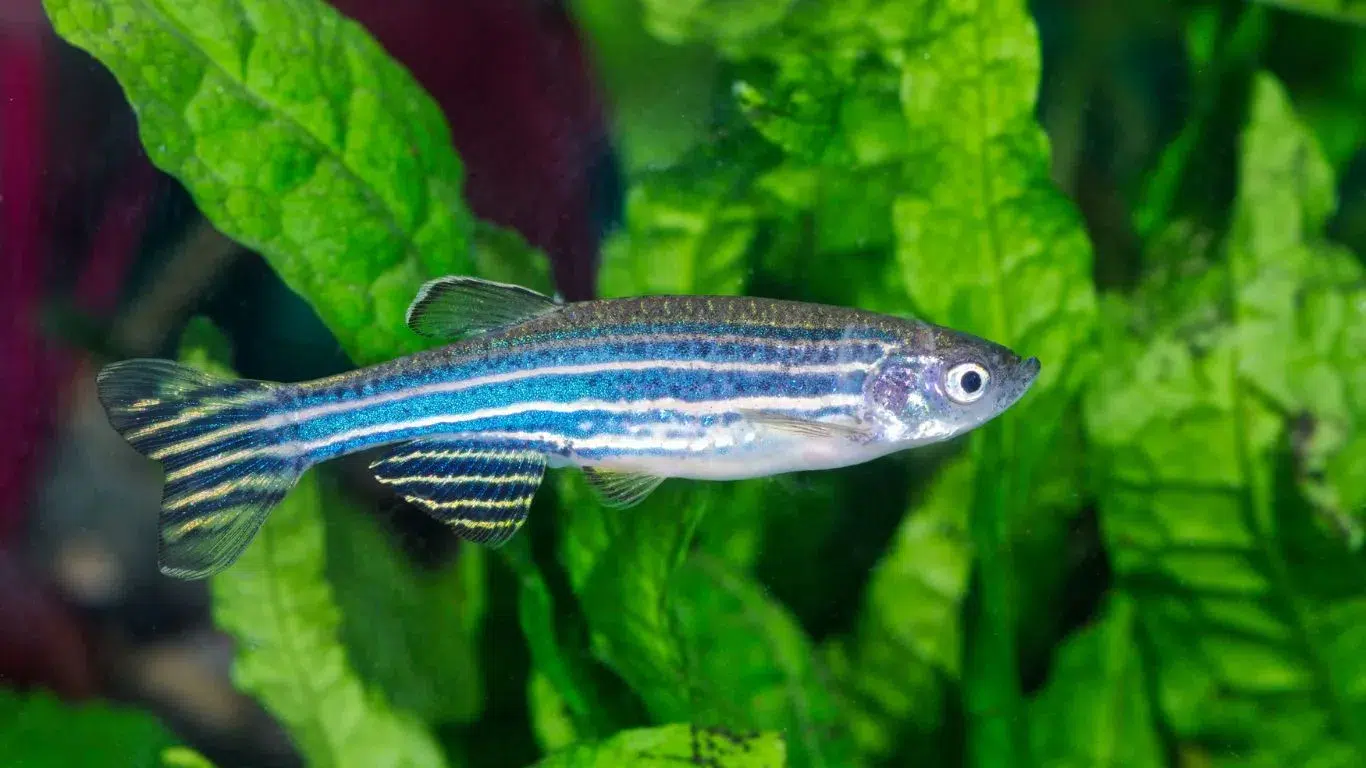
By implementing these care recommendations, you can create a thriving habitat for your giant danios and enjoy their vibrant presence in your aquarium.
Giant Danio Care Recommendations
| Care Recommendations | Description |
|---|---|
| Maintain a clean and properly filtered tank | Regular water changes and proper filtration to ensure clean and healthy water conditions |
| Offer a varied diet | Provide a balanced diet with a mix of dried foods, live/frozen foods, and occasional vegetable flakes |
| Monitor water parameters | Regularly test and maintain appropriate temperature, pH, and water hardness levels |
| Provide adequate tank size | Choose a spacious tank with a capacity of at least 30 gallons and a minimum length of 36 inches |
| Choose compatible tank mates | Select medium to large-sized species as tank mates, considering size and activity level |
Giant Danio Disease and Treatment
Giant danios, like any other aquarium fish, are susceptible to common diseases such as ich and mycobacteriosis. Ich, characterized by the appearance of white spots on the fish’s body, can be treated by increasing the temperature in a separate tank. Mycobacteriosis, caused by bacterial infections, can be prevented by maintaining good tank maintenance and water quality.
“Ich is a highly contagious disease that can quickly spread to other fish in the tank. It is important to identify and treat it promptly to prevent further infections.”
– Dr. Alan Roberts, Aquatic Veterinarian
To treat ich, it is recommended to:
- Isolate the infected fish in a separate tank to prevent the spread of the disease.
- Gradually raise the water temperature to 82-86 degrees Fahrenheit.
- Add aquarium salt to the tank, following the manufacturer’s instructions.
- Administer medication specifically designed to treat ich, following the instructions on the packaging.
Mycobacteriosis is a more challenging disease to treat and cure. It is important to maintain good tank hygiene and water quality to prevent the occurrence of this disease. If a fish is infected with mycobacteriosis, it is crucial to:
- Isolate the infected fish in a quarantine tank to prevent the spread of bacteria.
- Administer antibiotics, such as Kanamycin or Minocycline, in the quarantine tank to treat the infection.
- Continue the treatment for the recommended duration, as prescribed by a veterinarian.
- Monitor water parameters closely and perform regular water changes to maintain an optimum tank environment.
Remember, when dealing with diseases, it is always best to consult with a veterinarian who specializes in fish health to ensure proper diagnosis and treatment.
Benefits of Keeping Giant Danios in an Aquarium
Keeping giant danios in an aquarium provides several benefits. Their vibrant colors and active behavior add visual interest and liveliness to the tank. They are relatively easy to care for, making them suitable for beginners and experienced aquarists alike. Giant danios are also compatible with a variety of medium to large-sized tank mates, allowing for a diverse and harmonious community tank. Additionally, their relatively large size and long lifespan make them a rewarding addition to any aquarium.
| Benefits of Keeping Giant Danios in an Aquarium |
|---|
| 1. Vibrant Colors and Active Behavior |
| 2. Easy to Care for |
| 3. Compatibility with a variety of tank mates |
| 4. Size and Lifespan |
Join the Pet Planet Diaries
Sign up for our newsletter to get the latest tips, stories, and exclusive insights into the wonderful world of pets.
Final Remarks
In brief, giant danios are a vibrant and lively addition to any aquarium. With their striking appearance, minimal care needs, and compatibility with a variety of tank mates, they are a popular choice among aquarists. By following this comprehensive giant danio care guide, you can ensure the health and well-being of these captivating fish.
Providing a suitable habitat is crucial for giant danios. A tank of at least 30 gallons with ample swimming space, a tight-fitting lid, and appropriate water parameters will create a comfortable environment for them to thrive. Choosing compatible tank mates, such as other danios, cichlids, barbs, and larger bottom-dwelling fish, will help maintain harmony within the aquarium.
Offering a balanced diet is essential for the well-being of giant danios. They are omnivorous and will accept a variety of foods, including high-quality dried foods, live and frozen foods, and occasional vegetable flakes. Feeding them multiple times a day will ensure they receive proper nutrition.
Consider adding these captivating giant danios to your aquarium to create a thriving and vibrant aquatic environment. With their beauty, energy, and compatibility with other fish, giant danios are a wonderful choice for both beginners and experienced aquarists. Follow this care guide, and you will enjoy the companionship of these stunning fish for years to come.
FAQ
What is the maximum size of a giant danio?
Adult giant danios can reach a maximum size of 4 inches.
How long do giant danios live?
Giant danios have a lifespan of 5+ years with proper care.
Where do giant danios originate from?
Giant danios originate from India, Nepal, Bangladesh, Myanmar, and Thailand.
What size tank do giant danios need?
A tank capacity of at least 30 gallons and a minimum length of 36 inches is recommended for giant danios.
What are suitable tank mates for giant danios?
Ideal tank mates for giant danios include other danios, cichlids, barbs, and larger bottom-dwelling fish.
What should I feed my giant danios?
Giant danios are omnivorous and can be fed high-quality dried foods, live and frozen foods, and occasional vegetable flakes.
How do you breed giant danios?
Breeding giant danios requires a spacious tank with warm water temperatures, a pH below 7.0, and the presence of fine-leafed plants or a spawning mop.
What do giant danios look like?
Giant danios have deep-blue bodies with iridescent gold spots and stripes.
How do I care for giant danios?
To care for giant danios, maintain a clean tank, provide a balanced diet, and monitor water parameters such as temperature, pH, and water hardness.
What diseases can giant danios get?
Giant danios are susceptible to common diseases such as ich and mycobacteriosis.
What are the benefits of keeping giant danios in an aquarium?
Keeping giant danios in an aquarium adds vibrant colors, liveliness, and compatibility with a variety of tank mates.

